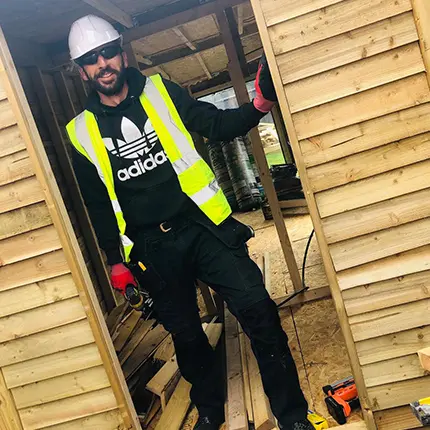Course aim
The construction industry is central to creating homes and community buildings that support the development of effective infrastructure that society needs.
Carpenters and Joiners will work as part of a team of trained individuals who play a key role in ensuring building work is carried out to a high standard in line with the relevant safety guidelines.
The purpose of this occupation is to work with building materials (most often wood) to create and install building components.
This typically involves shaping and cutting materials, installing finished materials like partitions, doors, staircases, window frames, mouldings, timber floor coverings and erecting structural components such as floor joists and roofs. All work needs to be carried out safely, using the appropriate tools and to the quality specified.
Which job roles is this Apprenticeship suitable for?
Site Carpenter.
Apprentices without level 1 English and maths will need to achieve this prior to taking the end-point assessment.
You will need to be employed for a minimum of 30 hours per week in a relevant job but we can assist you in finding a placement.


